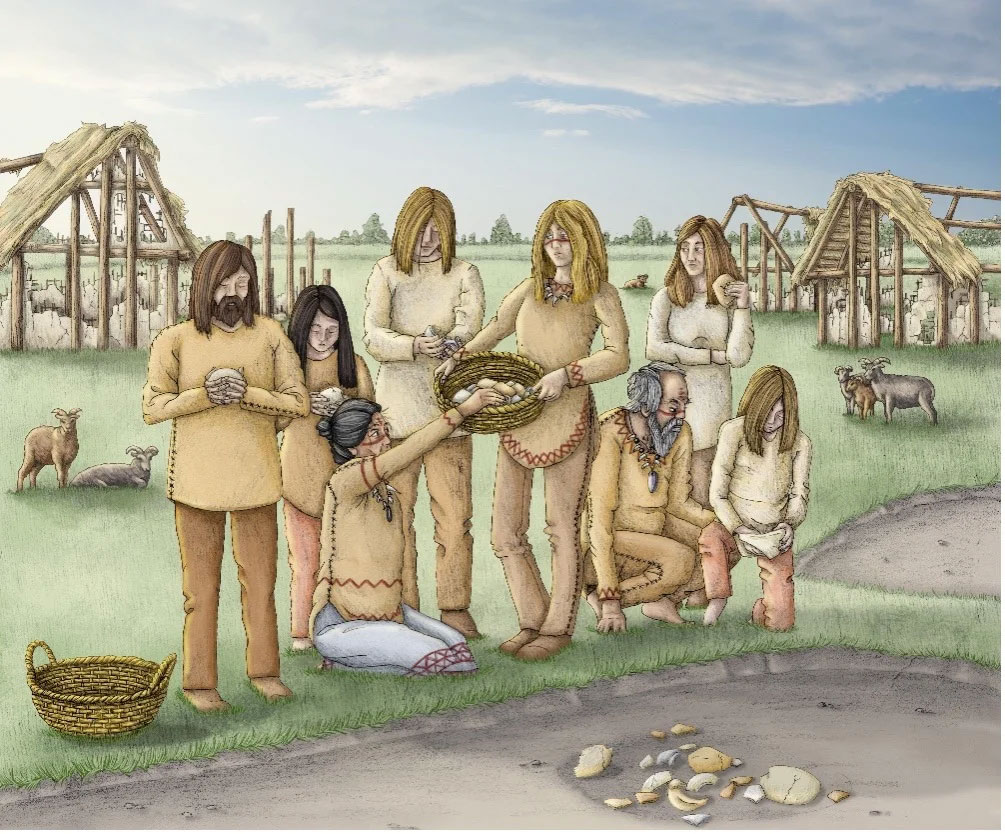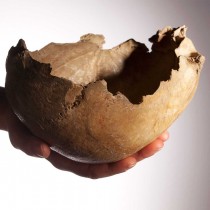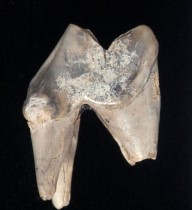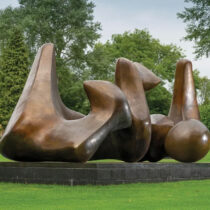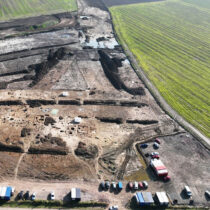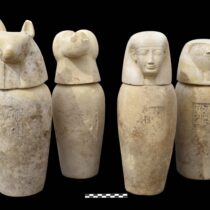A deposit of crania in Masseria Candelaro village, Apulia, was investigated using bioarchaeological, taphonomic, radiocarbon and isotopic studies to explore aspects of the individuals’ lives and post-mortem use histories.
Throughout prehistory and beyond, the human head and skull has been the source of fascination for a vast number of cultural groups. From the earliest deliberately made ‘skull’ cups at Gough’s Cave (Somerset, UK) nearly 15,000 years ago, to elaborately modelled plastered crania and skulls found across numerous Neolithic sites in Southwest Asia, to mourning practices in the Andaman islands involving wearing the cranium or mandible of dead relatives, the material remains of a person’s head have frequently been subjected to modification. With such widespread significance, how can we learn about the specific meanings underlying these actions?
In this paper, published in the European Journal of Archaeology, the authors re-analysed a deposit of cranial and mandibular fragments found within a large Neolithic ditched village in southeast Italy, Masseria Candelaro. The assemblage was originally estimated to represent at least a dozen individuals, whose remains were placed in the top of a disused occupation area. Revisiting the nearly 400 fragments from this deposit, it was clear that many fragments assigned to each individual did not fit together. The bone fragments were highly worn and showed no evidence of peri-mortem trauma, fracture or intentional breakage shortly after death, as might be expected in cases of violent injury or cannibalism.
At least 15 individuals could be accounted for. Most were male or probably male, and they ranged from between 12–18 to 45+ years of age; they clearly did not represent a particular sector of a social group. Where did these people come from, how long was this collection of crania accumulated for, and why were they finally buried? To assess their later life mobility, δ34S (‰) isotopic analysis of bone showed that individuals were largely local to the area of the village or other locations a similar distance from the coast. Surprisingly, radiocarbon dates from 3 of the crania spanned approximately two centuries, or 6–8 generations. These remains had been accumulated over a long period of time: perhaps retrieved from burials or exposed/excarnated individuals. Their high fragmentation could have been caused by regular handling and use as active ancestors in specific ceremonies and rites. The end of this ritual cycle might have been signalled by their burial.
This study proposes how ancestors were created in this specific village over a couple of centuries, a length of time perhaps equivalent to the duration that oral histories were viable. Looking outside of Masseria Candelaro, different ways of intervening with human remains and different patterns regarding age and sex are evident, showing that ancestors and ancestral rites were created within local frames of meaning.
The Ancestors Project team (John Robb, Jess Thompson, Sofia Panella, Silvia Soncin and Mary Anne Tafuri) implemented new bioarchaeological and taphonomic analysis of the human remains, as well as obtaining new isotopic data and radiocarbon dates.
This work was carried out in close collaboration with the archaeologist at the regional superintendency (Muntoni) who was one of the original excavators of Masseria Candelaro village, as well as bioarchaeologists at the Museo delle Civiltà in Rome (Alhaique, Candilio, Sperduti) where the human remains are curated. The team consulted on the analysis of the assemblage with Christopher Knüsel, and Rowan McLaughlin modelled the radiocarbon dates.
The Ancestors Project is investigating how ancestors were made, who became an ancestor, and what ancestors could do throughout prehistoric Europe, and specifically in the Italian peninsula, from the Neolithic to the Bronze Age.
This research develops the team’s work on the treatment of the dead in Neolithic Italy. Taphonomic insights published nearly a decade ago showed that some body parts and bones were defleshed and cleaned before they were disposed of in Scaloria Cave, approximately 15 km from Masseria Candelaro. Most recently, microscopic analysis of the preservation of bones from Scaloria Cave, Masseria Candelaro village, and two other contemporary Neolithic sites suggested that different ways of treating the dead—primary burial in open or filled pits or graves, defleshing, disarticulation, movement of bones, and secondary deposition—could be linked within an overall ritual framework and contributed to an ongoing interaction with, and mobility of, the dead.
Future work will turn to how deathways changed over the course of the Neolithic and into the Copper Age in relation to social processes, and how different ways of burying the dead in the Bronze Age signalled new ideas about social organisation, leadership, and ancestors.
This research was funded by ERC Advanced Grant No 885137 (‘Making Ancestors: The Politics of Death in European Prehistory’).
